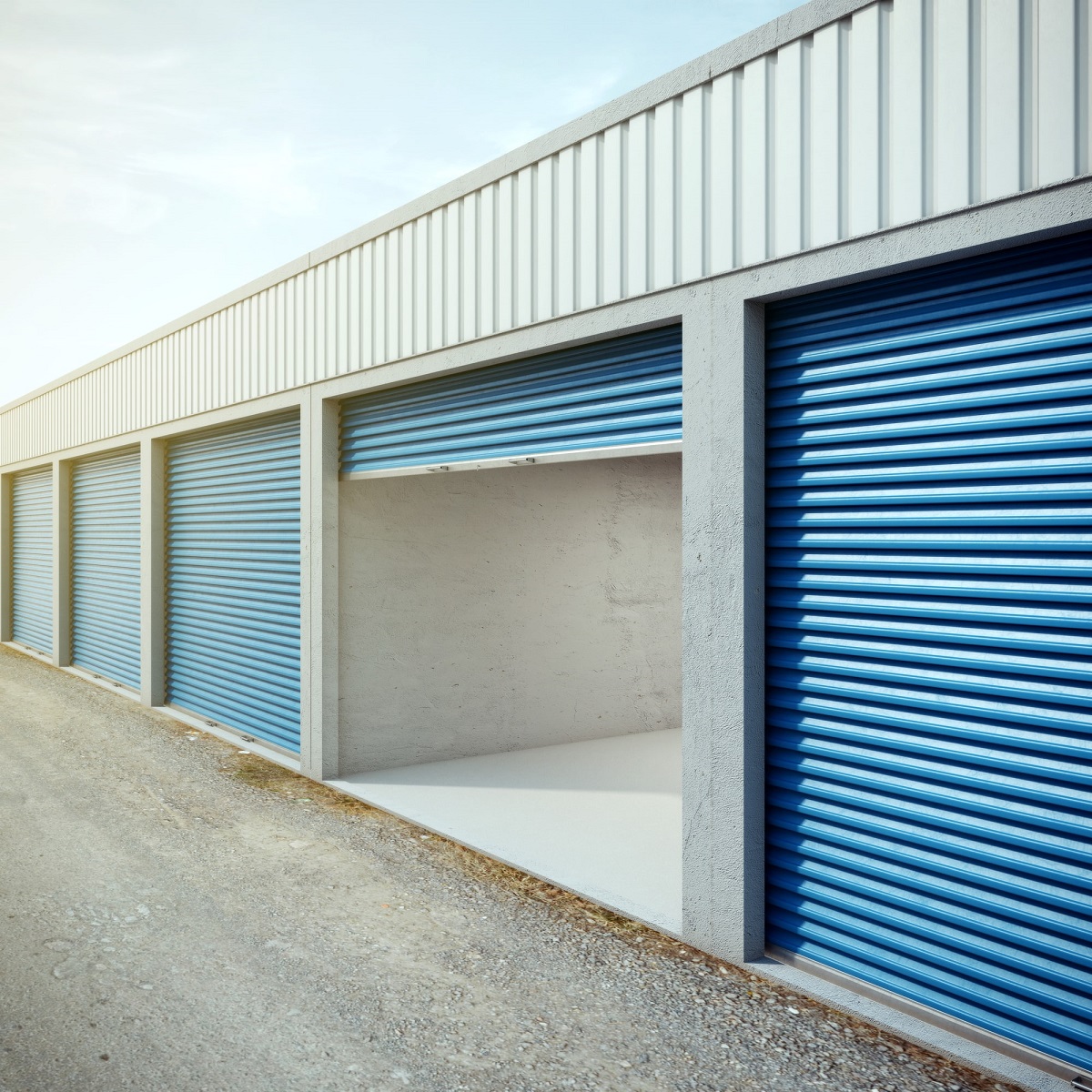

Articles
How To Rent A Storage Unit
Modified: January 23, 2024
Discover creative storage ideas and learn how to rent a storage unit for all your extra belongings. Maximize space and keep your home organized with these practical storage solutions.
(Many of the links in this article redirect to a specific reviewed product. Your purchase of these products through affiliate links helps to generate commission for Storables.com, at no extra cost. Learn more)
Introduction
Welcome to our comprehensive guide on how to rent a storage unit. Whether you are moving to a new home, decluttering your living space, or simply need extra storage for your belongings, renting a storage unit can be a practical and convenient solution. In this article, we will walk you through the process of finding the right storage facility, choosing the appropriate unit size, considering location and security, comparing prices, and managing your storage unit effectively. By the end of this guide, you will be well-equipped with the knowledge and confidence to make the best decision for your storage needs.
Key Takeaways:
- Renting a storage unit involves thorough research, careful assessment of your storage needs, and consideration of security features. Proper organization and maintenance are essential for a positive storage experience.
- When renting a storage unit, prioritize security, accessibility, and cleanliness. Compare prices and contract terms, visit potential facilities, and manage payments and renewals for a hassle-free storage experience.
Read more: How To Rent A Ladder
Researching Storage Unit Facilities
When it comes to renting a storage unit, it is essential to begin by researching different storage facilities in your area. Start by conducting an online search or asking for recommendations from family, friends, or colleagues who have used storage units before.
Make a list of potential storage facilities and visit their websites to gather more information. Look for details such as the facility’s size, amenities, security measures, and customer reviews. A well-maintained and secure facility is crucial to ensuring the safety of your belongings.
Additionally, consider the reputation of the storage facility. Look for facilities that have been in business for a while and have positive reviews. You can also check with the Better Business Bureau to see if there have been any complaints filed against the facility.
Another aspect to consider is the accessibility of the storage facility. Check if they have convenient operating hours that align with your schedule. It is also important to inquire about any restrictions or limitations on accessing your unit, such as restricted hours during holidays or weekends.
Furthermore, consider the overall condition of the facility. Look for signs of cleanliness, well-maintained areas, and proper pest control measures. A clean and well-kept facility will help ensure the preservation of your belongings.
Lastly, take note of any additional services offered by the storage facility. Some facilities provide climate-controlled units, which can be beneficial for storing items that are sensitive to temperature fluctuations. Others may offer moving services or additional packaging materials for your convenience.
By thoroughly researching storage facility options, you will be able to make an informed decision and choose the one that best meets your storage needs and preferences.
Determining Your Storage Needs
Before you rent a storage unit, it is important to assess and determine your specific storage needs. This will help you choose the appropriate unit size and avoid paying for extra space that you don’t require. Consider the following factors to determine your storage needs:
Inventory: Begin by taking an inventory of the items you plan to store. Categorize them into different groups, such as furniture, appliances, clothing, or boxes. This will give you a better understanding of the volume and types of items that need to be stored.
Item Sizes: Measure the size and dimensions of your larger items, such as furniture or appliances. This will help you determine the amount of space they will occupy in the storage unit. Consider whether these items can be disassembled or if they need special handling.
Future Organization: Think about how you want to organize your storage unit. Will you need aisles or walkways between your items? Planning ahead will help you choose a storage unit with sufficient space for your organizational needs.
Growth Potential: If you anticipate needing additional storage space in the future, it may be wise to rent a slightly larger unit than your current needs. This will save you the hassle of moving to a bigger unit later on and may also save you money in the long run.
Access Frequency: Consider how often you will need to access your stored items. If you’ll be frequently retrieving items, you may want to choose a unit with easy access, such as one located on the ground floor. If you plan to store items for an extended period without the need for regular access, a unit on an upper floor may be more cost-effective.
Keep in mind that storage unit sizes are typically measured in square feet or cubic feet. Storage facilities often offer a range of unit sizes, from small lockers to larger rooms. By accurately assessing your storage needs, you can choose the appropriate unit size and optimize your storage experience.
Understanding Storage Unit Sizes
When renting a storage unit, it is important to understand the various storage unit sizes available. Storage facilities typically offer a range of unit sizes to accommodate different storage needs. Here are some common storage unit sizes and what they can typically hold:
- 5×5 or 5×10: These smaller units are similar to a small closet or walk-in closet. They are ideal for storing a few boxes, small furniture pieces, or seasonal items.
- 5×15 or 10×10: These medium-sized units can hold the contents of a small one-bedroom apartment or several large furniture pieces along with boxes and other smaller items.
- 10×15 or 10×20: These larger units are suitable for storing the contents of a two to three-bedroom house, including furniture, appliances, and boxes.
- 10×30 or larger: These extra-large units can accommodate the contents of a large house or serve as commercial storage for business inventory, equipment, or vehicles.
Keep in mind that these examples are general guidelines, and the actual capacity of the unit can vary depending on how you pack and stack your items. It is recommended to consult with the storage facility staff to get a better understanding of the size that would best suit your specific belongings.
In addition to considering the physical size of the storage unit, it is also important to consider the height or ceiling clearance. Units with higher ceilings provide more vertical storage space, allowing you to stack items higher or make use of shelving units.
When choosing a storage unit size, it is advisable to err on the side of caution and possibly opt for a slightly larger unit if you are unsure about the exact amount of space you will need. This will give you some room to maneuver and organize your belongings more efficiently.
Remember, it is better to have a bit of extra space than not enough. Paying for a slightly larger unit upfront can save you from the hassle and potential expense of having to transfer to a bigger unit down the line.
By understanding storage unit sizes and accurately assessing your storage needs, you can find the perfect unit size to accommodate your belongings and make the most of your storage experience.
Considering the Location of the Storage Facility
When renting a storage unit, one important factor to consider is the location of the storage facility. Choosing a storage facility that is conveniently located can greatly enhance your overall storage experience. Here are a few key points to keep in mind:
Proximity: Look for a storage facility that is in close proximity to your home or place of work. Having a storage unit nearby can save you time and effort when accessing your belongings, especially if you need to retrieve items frequently. It is also more convenient for transporting items to and from the storage facility.
Accessibility: Consider the accessibility of the storage facility in terms of road access and traffic conditions. If the facility is easily accessible and located near major roads or highways, it will be more convenient for you to reach the facility, especially when moving large or bulky items.
Security of the Area: Evaluate the security of the location surrounding the storage facility. Is it a well-lit area? Are there security measures in place, such as surveillance cameras or gated access? Choosing a storage facility in a safe and secure area will provide you with peace of mind regarding the safety of your stored items.
Local Climate: Depending on the climate in your area, you may need to consider climate-controlled storage units. Extreme temperatures, high humidity, or fluctuations in temperature can potentially damage sensitive items, such as wooden furniture, electronics, or delicate fabrics. If you are storing items that are susceptible to damage due to extreme climate conditions, it is advisable to choose a storage facility that offers climate-controlled units.
Local Regulations: It is important to be aware of any local regulations or restrictions when it comes to storing certain items. Some localities may have restrictions on storing hazardous materials, flammable substances, or perishable items. Familiarize yourself with the local regulations to ensure that you comply with all necessary guidelines.
Cost Considerations: Keep in mind that storage facilities located in prime or highly desirable areas may have higher rental prices compared to those in less sought-after locations. Balance the convenience of the facility’s location with your budget to ensure you are getting the best value for your storage needs.
By carefully considering the location of the storage facility, you can choose a facility that offers convenience, security, and peace of mind for your stored belongings. Take the time to research different storage facilities in your preferred area to find the perfect fit for your needs.
Read more: How To Rent Construction Equipment
Assessing Security Features
When renting a storage unit, one of the most important factors to consider is the security of the facility. After all, you want to ensure that your belongings are safe and protected. Here are some key security features to assess when choosing a storage facility:
Lighting: Adequate lighting is crucial for both the exterior and interior areas of the storage facility. A well-lit facility helps deter potential intruders and provides a safer environment for accessing your unit, especially during evening hours.
Perimeter Security: Assess the security measures that the facility has in place to protect its perimeter. Look for features such as fencing, walls, or gates that restrict access to the facility. A secure perimeter helps prevent unauthorized entry and adds an additional layer of protection for your belongings.
Access Controls: Inquire about the access controls of the facility. Does it have electronic keypad or card swipe systems? These measures ensure that only authorized individuals can access the facility and units. Some facilities may even have biometric or facial recognition systems for added security.
Security Cameras: CCTV cameras play a vital role in deterring theft and monitoring the facility. Ask if the facility has surveillance cameras installed, both externally and internally. Ideally, the cameras should cover all key areas, including access points, corridors, and common areas. This will help maintain a record of any suspicious activities and provide evidence in case of any incidents.
On-Site Management: It is beneficial to have on-site management or staff present at the storage facility. They can monitor the premises, perform regular patrols, and respond swiftly to any security concerns or emergency situations. Prompt response and presence of staff on-site contribute to maintaining a secure environment.
Alarms and Security Systems: Find out if the storage facility has alarm systems installed. Alarms can be triggered by unauthorized access, break-ins, fire, or other emergencies. These systems alert both the facility management and local authorities, ensuring swift response in case of any security breaches.
Fire Prevention: Safety measures related to fire prevention are also crucial. Inquire about the presence of smoke detectors, fire extinguishers, and sprinkler systems in the storage facility. Adequate fire safety measures help protect your belongings from fire damage.
It is essential to carefully assess the security features of a storage facility before making a decision. Consider the level of security offered and prioritize facilities that take the necessary steps to protect your stored items. Remember, a secure storage facility gives you peace of mind and ensures the safety of your belongings throughout the duration of their storage.
Comparing Storage Unit Prices and Contracts
When renting a storage unit, it is important to compare prices and contracts to ensure you are getting the best value for your money. Here are some factors to consider when comparing storage unit prices and contracts:
Rental Rates: Begin by comparing the rental rates of different storage facilities. Prices can vary based on factors such as location, unit size, facility amenities, and demand. Request quotes from multiple facilities to get an idea of the average rental rates in your area.
Special Discounts or Promotions: Check if any facilities are offering special discounts or promotions. Many storage facilities provide discounted rates for new customers or extended rental agreements. Take advantage of these offers to save money on your storage unit rental.
Contract Length and Flexibility: Review the contract terms and conditions offered by each storage facility. Consider the length of the rental agreement and whether it aligns with your storage needs. Some facilities offer flexible month-to-month contracts, while others require longer commitments. Evaluate your storage timeline and choose a contract that suits your needs.
Late Fees and Payment Policies: Familiarize yourself with the facility’s late fee policy and overall payment structure. Understand the consequences of late or missed payments, as well as any grace periods provided. Ensure that the payment methods accepted by the facility are convenient for you.
Insurance Options: Inquire about insurance options available for your stored belongings. While some facilities may include insurance in their rental rates, others may require you to obtain your own insurance coverage. Determine if the facility’s insurance options are suitable for your needs, or if you need to seek insurance coverage separately.
Additional Fees: Be aware of any additional fees that may not be included in the initial rental rate. These fees could include administration fees, fees for accessing your unit outside of standard hours, or fees for late gate access. Consider all potential additional charges when comparing prices to get a more accurate cost assessment.
Contract Terms and Termination: Carefully read and understand the contract terms, including the process for terminating your rental agreement. Ensure that the facility provides a reasonable notice period and does not have hefty penalties for early termination.
Taking the time to compare storage unit prices and contracts will help you make an informed decision and choose a facility that offers competitive rates and favorable contract terms. By finding the right balance between cost, flexibility, and convenience, you can secure a storage unit that meets your needs and budget.
When renting a storage unit, make sure to carefully assess the size you need by taking inventory of your items. It’s better to rent a slightly larger unit than to cram everything into a smaller space.
Visiting Potential Storage Facilities
Once you have narrowed down your options for storage facilities based on research and price comparisons, it is essential to visit the potential facilities in person. By visiting the facilities, you can assess their conditions, ask specific questions, and get a feel for the overall atmosphere. Here are some important aspects to consider during your visits:
Facility Appearance: Pay attention to the overall cleanliness and maintenance of the storage facility. Is the property well-maintained? Are the driveways and hallways clear of debris? A clean and well-kept facility is an indication of the facility’s commitment to providing a safe and secure space for your belongings.
Unit Accessibility: Ask about the accessibility of the storage units. Inquire about the availability of dollies or carts for moving your items and whether there are any restrictions on accessing your unit. Also, find out if there is sufficient space for loading and unloading your belongings.
Unit Conditions: Inspect a sample unit if possible to assess its condition. Look for signs of water damage, pests, or any other issues that could potentially harm your belongings. Ensure that the unit is clean, dry, and free from any hazards.
Security Measures: Inquire about the security features mentioned in their websites. Verify the presence of surveillance cameras, security gates, and access controls. Ask about the facility’s security protocols and how they handle incidents or emergencies.
Customer Service: Interact with the facility staff and assess their level of professionalism and helpfulness. Friendly and knowledgeable staff can provide you with valuable information and address any concerns or questions you may have. Their responsiveness and approachability are crucial for a positive storage experience.
Customer Reviews: While on-site, ask if there are any customer reviews or testimonials available for you to read. Positive reviews from previous or current customers can offer insights into their experiences with the facility and help you make an informed decision.
Amenities: Take note of any additional amenities offered by the facility. This may include features such as climate-controlled units, 24/7 access, on-site packing supplies, or even a designated area for vehicle storage. These amenities can enhance your storage experience and cater to any specific needs you may have.
By visiting potential storage facilities, you can gather firsthand information and evaluate their suitability for your storage needs. Use this opportunity to ask any additional questions you may have and clarify any concerns. Choose a facility that meets your criteria and provides a secure and reliable environment for storing your belongings.
Reserving a Storage Unit
After visiting potential storage facilities and determining the most suitable option for your needs, the next step is to reserve a storage unit. Here is a step-by-step guide on reserving a storage unit:
Contact the Facility: Reach out to the storage facility either by phone or through their website to inquire about the availability of the unit size you require. Provide them with the necessary details, such as the size of the unit, desired rental duration, and any specific requirements or preferences you may have.
Confirm the Reservation: Once you have discussed the details with the facility, confirm your reservation. They will guide you through the process and provide you with the necessary forms and paperwork.
Review the Agreement: Carefully review the rental agreement provided by the facility. Pay attention to the terms and conditions, including rental rates, payment schedule, late fees, access hours, and any other stipulations mentioned. Make sure you understand and agree to all the terms before signing the agreement.
Provide Identification and Necessary Documents: The storage facility will require you to provide a valid form of identification, such as a driver’s license or passport. Additionally, you may need to provide proof of insurance or any other documents requested by the facility.
Secure Your Reservation: Some facilities may require a reservation fee or a security deposit to secure your reservation. Ensure that you understand the payment terms and make the necessary payment to reserve the storage unit.
Ask About Move-in Details: Inquire about the procedures for moving your belongings into the storage unit. Ask if they have any guidelines or restrictions regarding the type of items that can be stored and any specific instructions for accessing your unit during move-in.
Double-check the Reservation: Before finalizing the reservation, double-check all the details, including the unit size, rental duration, and any additional services or amenities you may have requested. Ensure that everything aligns with your storage needs and preferences.
Keep a Copy of the Agreement: Make sure to keep a copy of the signed rental agreement for your records. This will serve as proof of your reservation and the agreed-upon terms and conditions.
By following these steps, you can easily reserve a storage unit at your chosen facility. Planning ahead and securing your reservation ensures that you have the storage space you need when you need it, allowing for a smooth and efficient move-in process.
Read more: How Much To Rent A Pressure Washer
Moving Your Belongings into the Storage Unit
Once you have reserved a storage unit, it’s time to start the process of moving your belongings into the unit. Proper organization and preparation can make this process smoother and more efficient. Here are some steps to consider when moving your belongings into the storage unit:
Gather Packing Supplies: Before you begin packing, gather all the necessary packing supplies. This may include sturdy boxes, packing tape, bubble wrap, packing peanuts, and furniture covers. Having these supplies ready will make the packing process more organized.
Sort and Declutter: Take this opportunity to sort through your belongings and declutter. Decide what items you want to keep, what you can donate or sell, and what can be thrown away. This will help you maximize the space in your storage unit and avoid storing unnecessary items.
Label and Inventory: Clearly label each box with its contents and consider creating an inventory list. The inventory list will help you keep track of what items are in the storage unit and make it easier to locate specific items if needed in the future.
Utilize Space Efficiently: When packing your belongings into the storage unit, make sure to utilize the space efficiently. Place heavier and sturdier items at the bottom and stack lighter and more delicate items on top. Fill gaps and empty spaces with smaller items or packing materials to maximize the available space.
Protect Fragile Items: Take extra care when packing fragile items. Wrap them in bubble wrap or packing paper and use sturdy boxes. Mark these boxes as fragile to ensure they are handled with care when moving them into the storage unit.
Create a Pathway: Leave a clear pathway to access your stored items easily. By creating aisle space, you can walk through the storage unit and easily reach the items you may need to retrieve without having to move everything around.
Consider Accessibility: Think about the accessibility of the items you may need to retrieve more frequently. Place these items towards the front of the storage unit for easier access. Consider grouping similar items together to make locating specific items more convenient.
Secure Your Belongings: Take steps to secure your belongings within the storage unit. Make sure boxes and items are properly sealed and secured to prevent shifting or damage. Use locks if the storage facility does not provide them, and keep your storage unit key in a safe place.
Document the Condition: Before closing and securing the storage unit, take photos or videos of the unit’s contents and condition. This can serve as evidence of the condition of your belongings and the storage unit in case of any disputes or insurance claims in the future.
By following these steps, you can efficiently move your belongings into the storage unit and ensure they are properly organized and protected. With a well-organized storage unit, you’ll have peace of mind knowing your belongings are safely stored and easily accessible when needed.
Organizing and Maintaining Your Storage Unit
Organizing and maintaining your storage unit is essential to ensure that your belongings are protected, easily accessible, and in good condition throughout the duration of their storage. Here are some tips to help you keep your storage unit organized and well-maintained:
Create Zones: Divide your storage unit into zones based on categories or frequency of use. For example, you can have separate sections for furniture, boxes, and seasonal items. This will make it easier to locate specific items and maintain order within the unit.
Label and Maintain an Inventory: Keep a detailed inventory of what items are stored in which boxes or containers. Label each box clearly with its contents and update your inventory list accordingly. This will save you time and effort when you need to retrieve specific items from the storage unit.
Utilize Shelving and Racks: Consider investing in storage shelves or racks to maximize vertical space. This allows you to store items off the ground and organize them more efficiently. Use the shelves to keep boxes, smaller items, and delicate belongings neatly arranged.
Leave Space for Air Circulation: Proper air circulation is important to prevent moisture buildup and potential damage to your belongings. Leave a gap between the wall and your items to allow air to flow freely and minimize the risk of mold or mildew in the storage unit.
Protect Your Belongings: Take measures to protect your belongings from dust, dirt, and potential damage. Use furniture covers, plastic wrap, or dust sheets to shield larger items. Cover sensitive items with blankets or bubble wrap for added protection.
Keep a Clear Pathway: Maintain a clear pathway inside your storage unit to easily access items without having to move other belongings around. Arrange items along the walls and create a central aisle for easy navigation.
Regularly Check Your Storage Unit: Visit your storage unit periodically to inspect the condition of your belongings and ensure everything remains in order. This will allow you to address any issues promptly and reorganize if necessary.
Temperature and Climate Control: If your storage facility offers climate-controlled units, take advantage of this feature, especially if you are storing items sensitive to temperature fluctuations. Ensure that the temperature and humidity levels are suitable for the items you are storing.
Regular Maintenance: Clean your storage unit periodically to keep it free from dust and debris. Sweep the floor, wipe down surfaces, and ensure that the unit remains in good condition. This will help maintain the cleanliness and longevity of your stored items.
Review Insurance Coverage: Periodically review your insurance coverage for your stored items. Ensure that your insurance policy adequately protects your belongings in the storage unit. Update your insurance as needed to maintain proper coverage.
By implementing these tips, you can keep your storage unit well-organized, easily accessible, and protected. Regular maintenance and organization practices will help extend the lifespan of your stored items and provide a positive storage experience.
Managing Payments and Contract Renewals
Managing payments and contract renewals is an important aspect of renting a storage unit. Being proactive and staying on top of these responsibilities will ensure a smooth and hassle-free storage experience. Here are some tips for effectively managing payments and contract renewals:
Payment Reminders: Set up reminders for the due dates of your storage unit payments. This can be done through digital calendars, reminder apps, or simply marking the due dates on your physical calendar. Stay organized and ensure that payments are made on time to avoid any late fees or complications.
Online Payment Options: Check if the storage facility offers online payment options. Online payments can provide convenience and flexibility, allowing you to easily make payments from anywhere and at any time. Setting up automatic payments can also help ensure that payments are made promptly.
Store Payment Information Securely: If you choose to save your payment information with the storage facility, make sure to do so in a secure manner. Ensure that the facility has proper security measures in place to protect your sensitive information.
Renewal Notices: Keep track of the expiry date of your storage unit contract and watch for renewal notices from the facility. Most storage facilities send reminders well in advance of the contract expiration. Be aware of the notice period required for contract renewals and ensure that you respond within the specified timeframe.
Review Rental Rates: Take the opportunity to review the rental rates during the contract renewal process. Compare the current rates with the market price for similar storage units. If you find a more competitive rate elsewhere, you can negotiate with the facility or consider relocating to a more cost-effective option.
Assess Your Storage Needs: Before renewing your contract, reassess your storage needs. Determine if the unit size and facility amenities still meet your requirements. If your storage needs have changed, consider downsizing or upgrading to a different unit to better align with your current needs.
Communicate with the Facility: If you have any concerns or questions about payments or contract renewals, reach out to the storage facility. Good communication is key to addressing any issues or resolving potential misunderstandings. Maintain an open line of communication to ensure a smooth rental experience.
Keep Documentation: Keep a copy of your storage unit contract and payment receipts for your records. This documentation will serve as proof of your agreement and may be required for future reference or insurance purposes.
Plan for Move-Out: If you decide not to renew your storage unit contract, make sure to notify the facility in advance. Follow the proper move-out procedures, including clearing out your belongings and returning any access cards or keys.
Managing payments and contract renewals requires organization and attention to detail. By staying proactive, communicating effectively, and reviewing your storage needs periodically, you can ensure a seamless and stress-free experience while renting a storage unit.
Conclusion
Renting a storage unit can be a practical solution to accommodate your storage needs and declutter your living space. By following the steps outlined in this guide, you can navigate the process of renting a storage unit with ease and confidence.
Start by researching different storage facilities, considering factors such as location, security features, and amenities. Determine your storage needs, including the size of the unit and the accessibility required. Carefully compare prices and contract terms to ensure you are getting the best value for your money. Visiting potential storage facilities allows you to assess their conditions and ask specific questions, helping you make an informed decision.
Once you’ve chosen your storage facility, carefully review the rental agreement and reserve your storage unit. Take the time to properly pack and organize your belongings before moving them into the unit. Organize the unit effectively, keeping a clear pathway and utilizing shelves or racks for efficient use of space.
Maintaining your storage unit requires regular checks, proper organization, and cleanliness. Stay on top of payments and contract renewals, ensuring that you make payments on time and renew your contract as necessary. Communicate effectively with the storage facility and review your storage needs periodically, making any necessary adjustments to your unit or contract.
By following these guidelines, you can approach the process of renting a storage unit confidently and successfully. With proper planning, organization, and maintenance, your storage unit will serve as a secure and reliable space for your belongings.
Remember, renting a storage unit is not just about finding a place to store your belongings – it’s about creating a convenient and controlled environment for the items that matter to you. With the knowledge gained from this guide, you are well-equipped to make informed decisions and ensure a positive storage experience.
Frequently Asked Questions about How To Rent A Storage Unit
Was this page helpful?
At Storables.com, we guarantee accurate and reliable information. Our content, validated by Expert Board Contributors, is crafted following stringent Editorial Policies. We're committed to providing you with well-researched, expert-backed insights for all your informational needs.
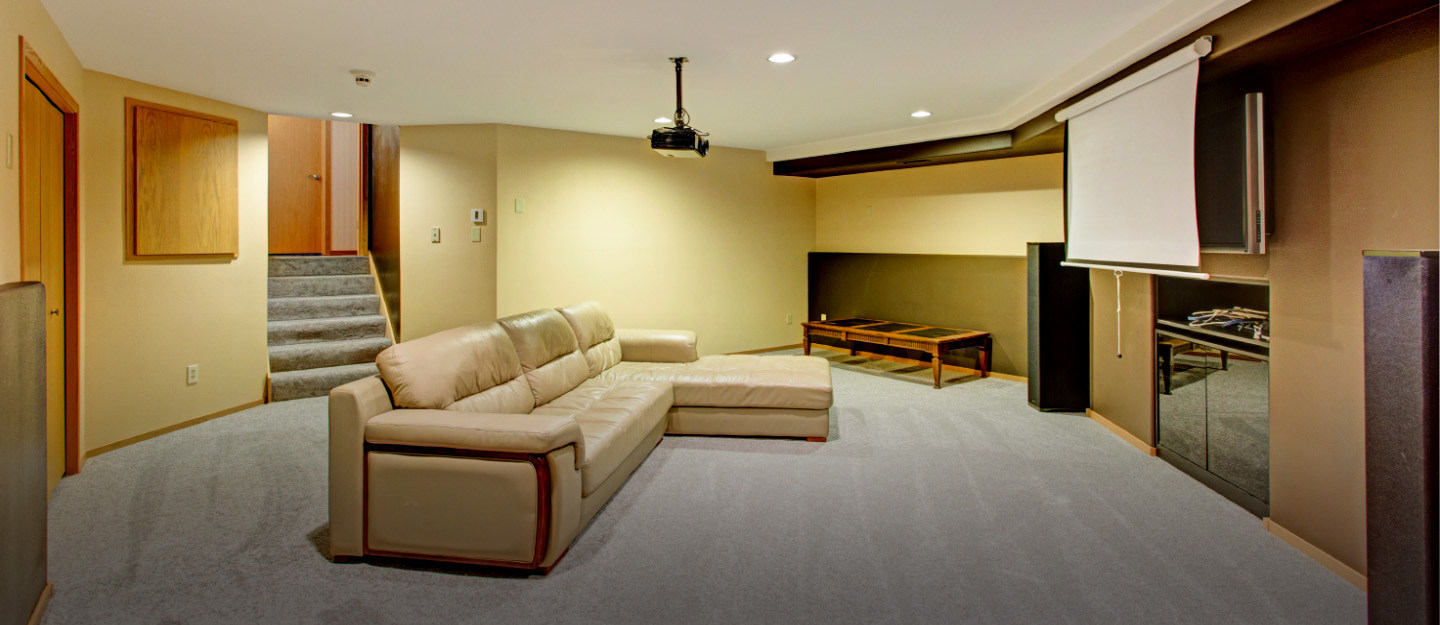
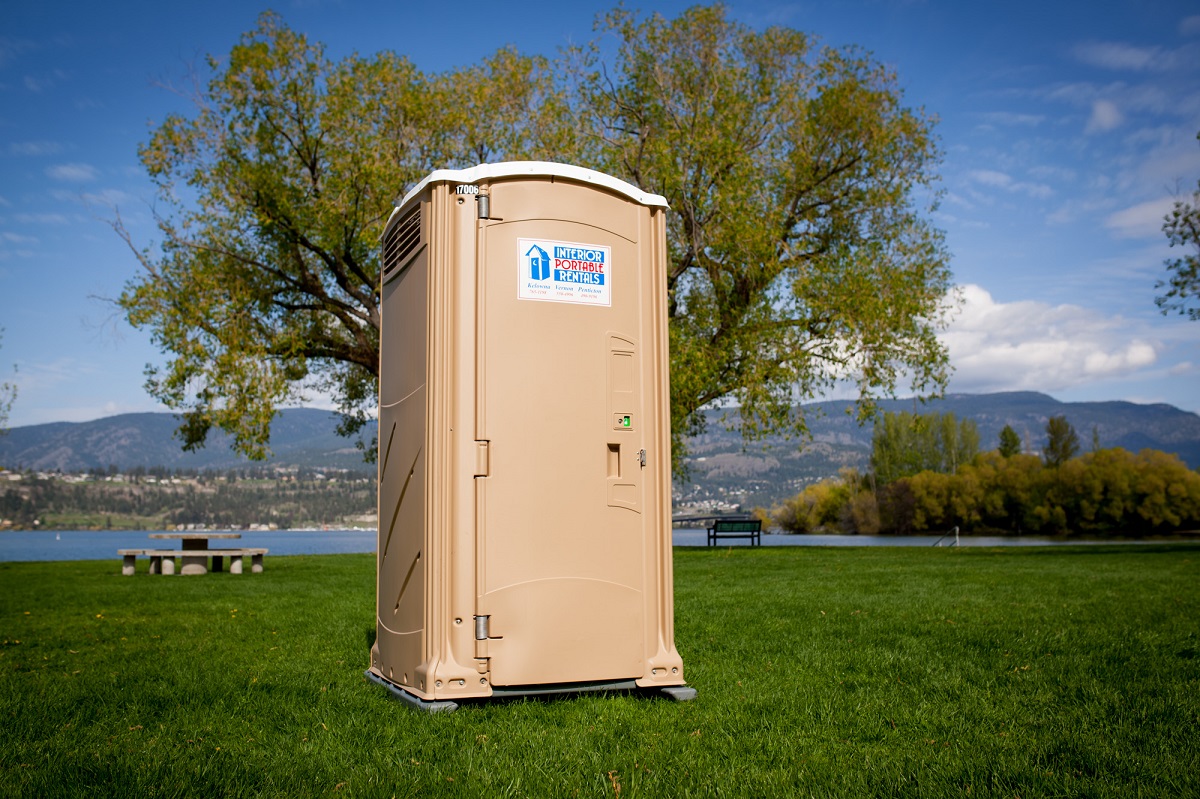
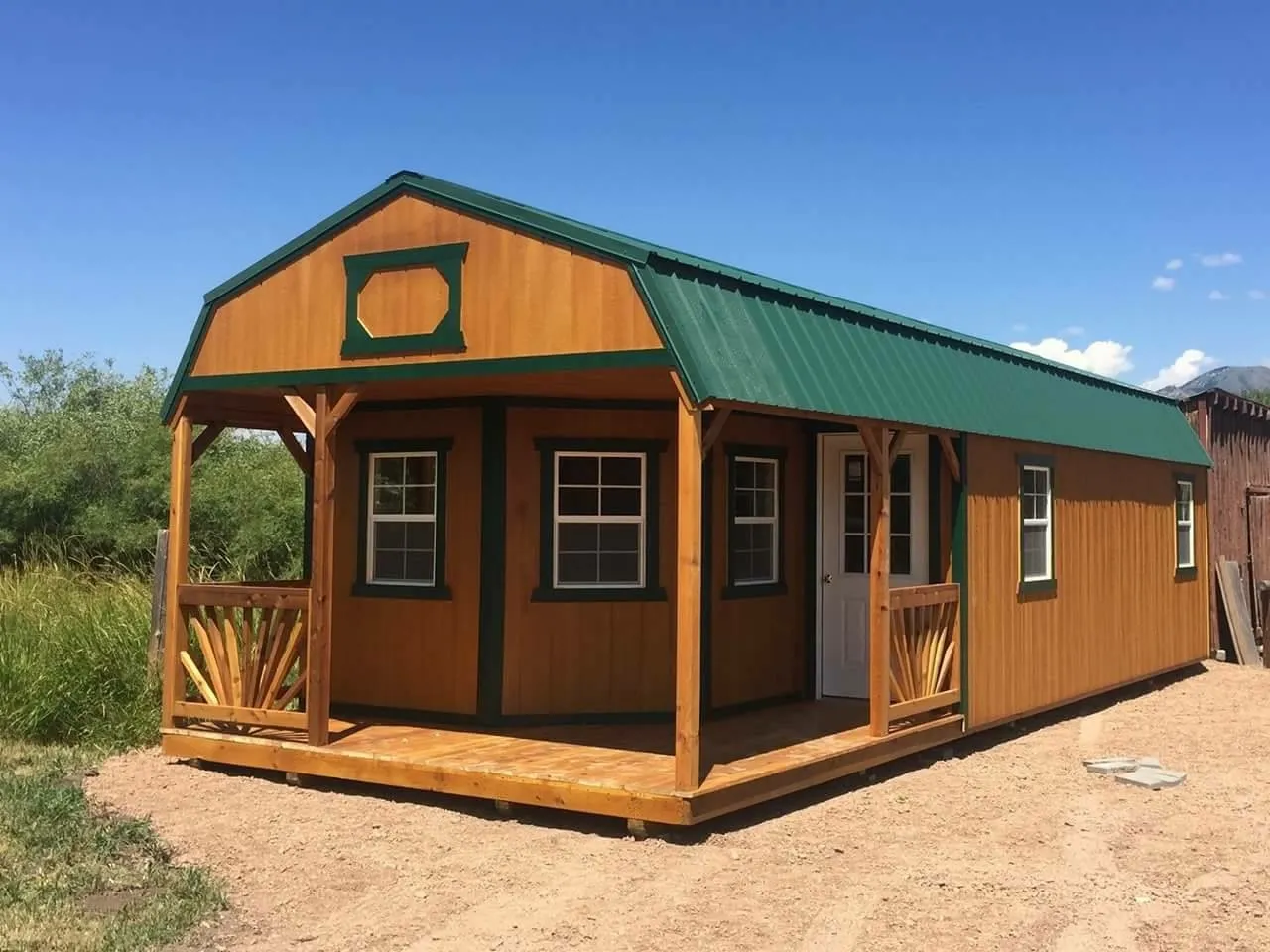
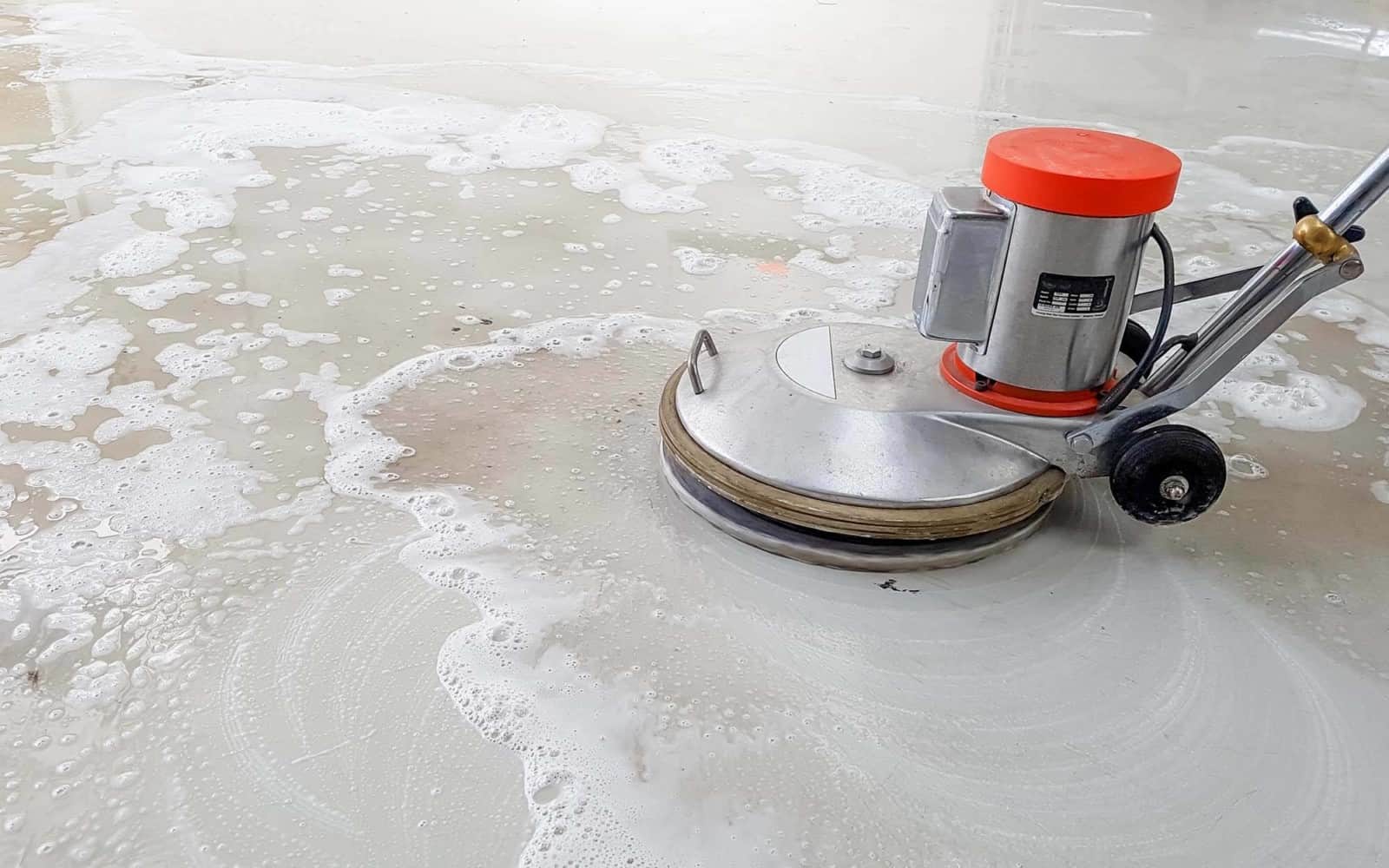
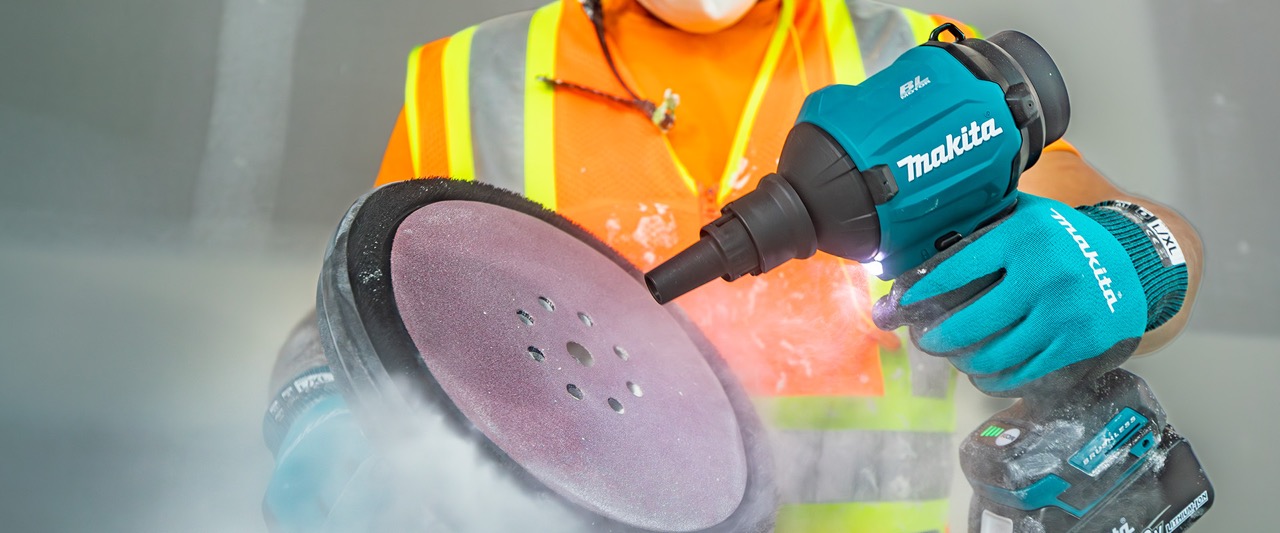

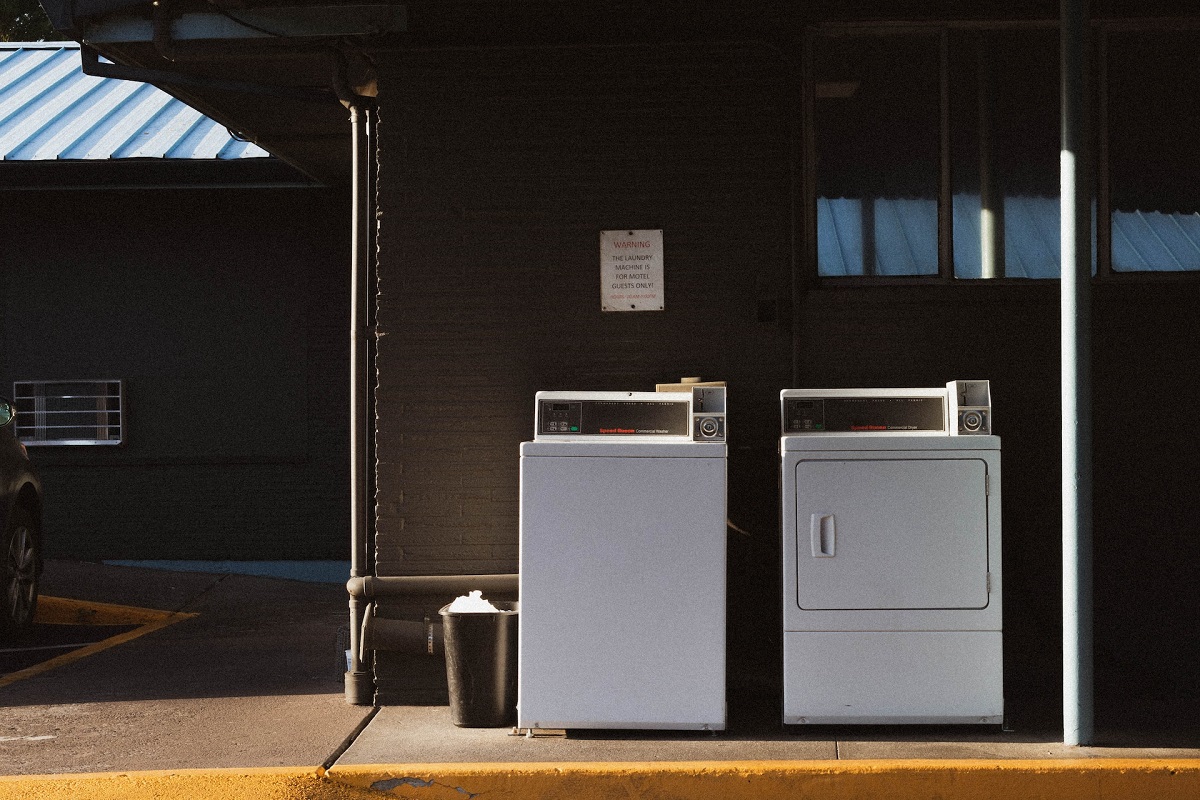
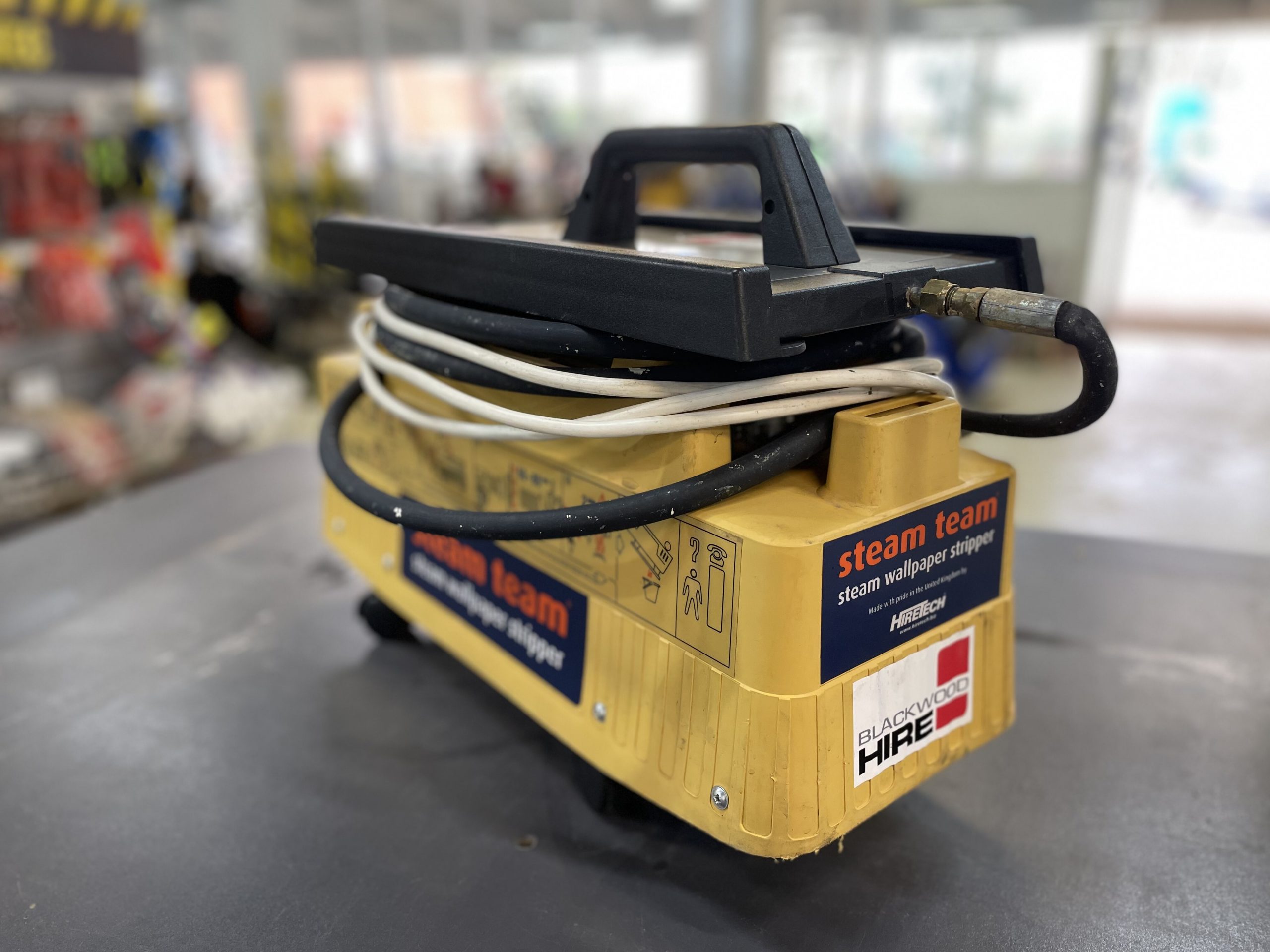

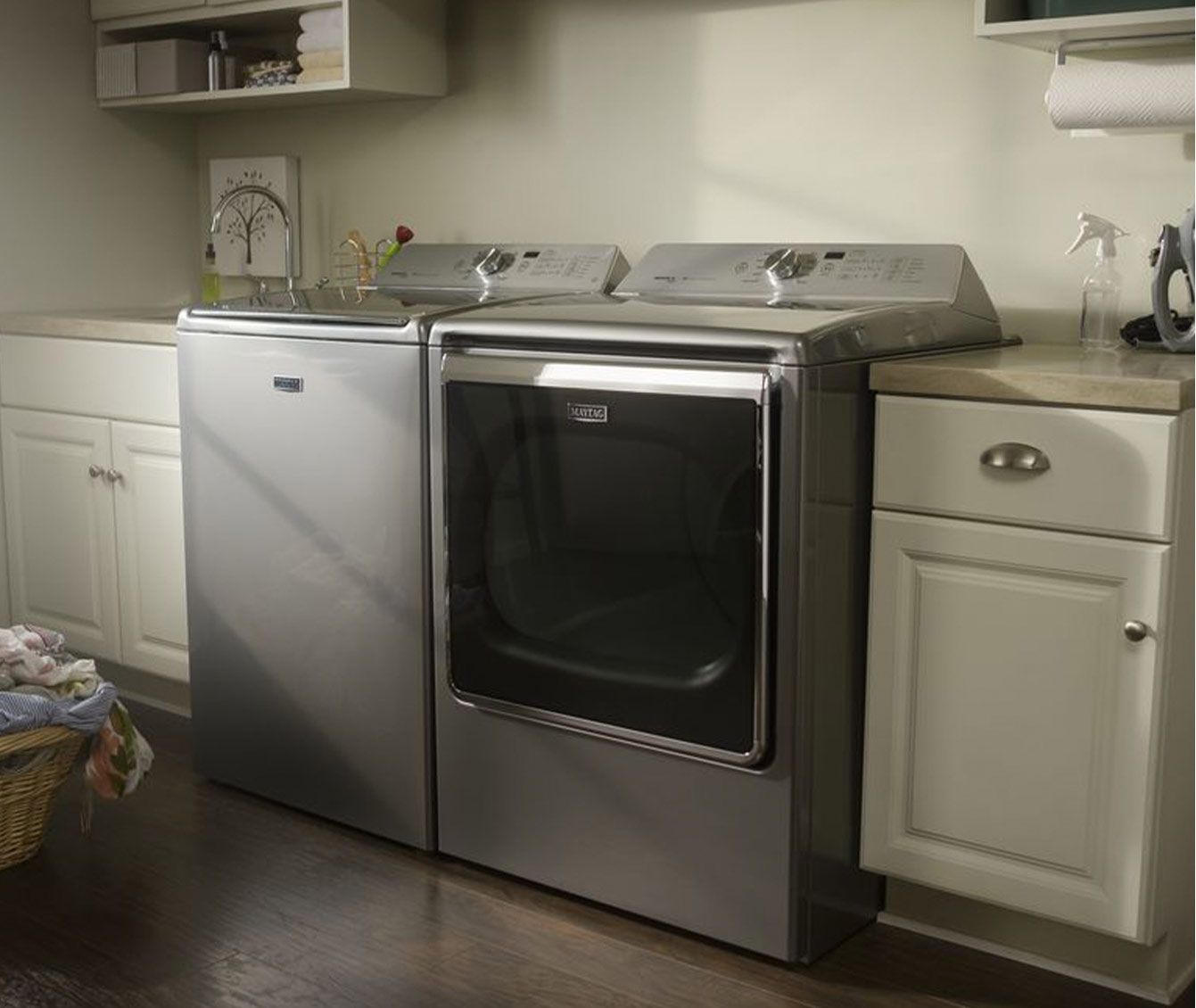
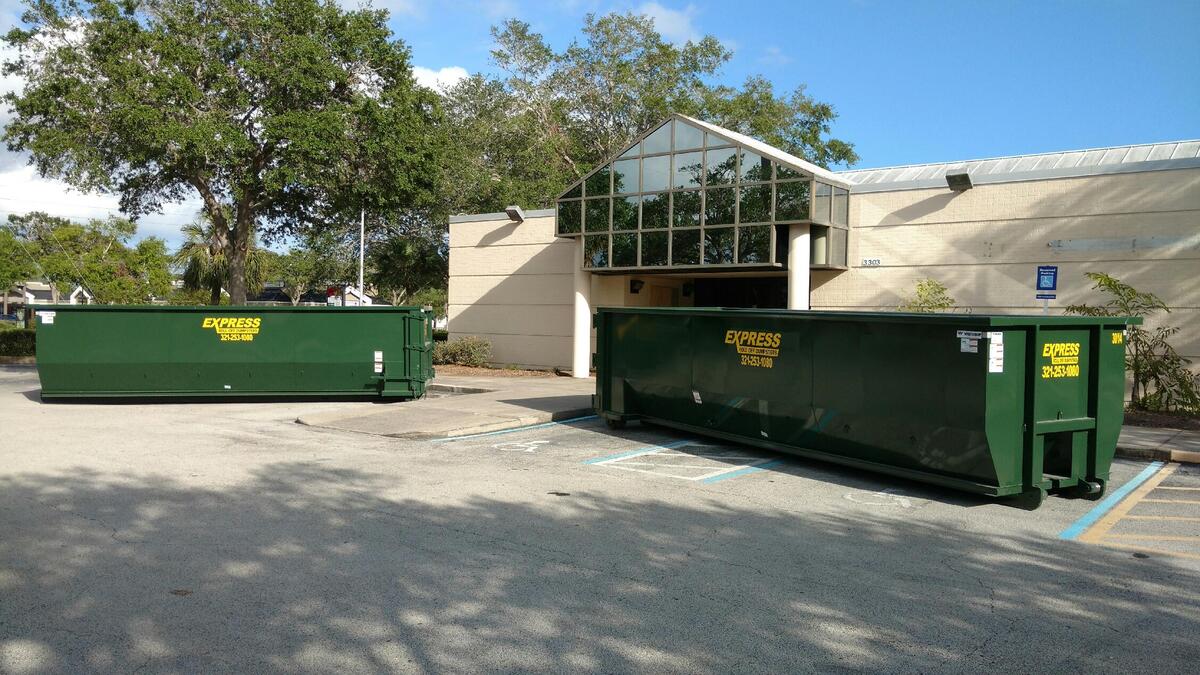
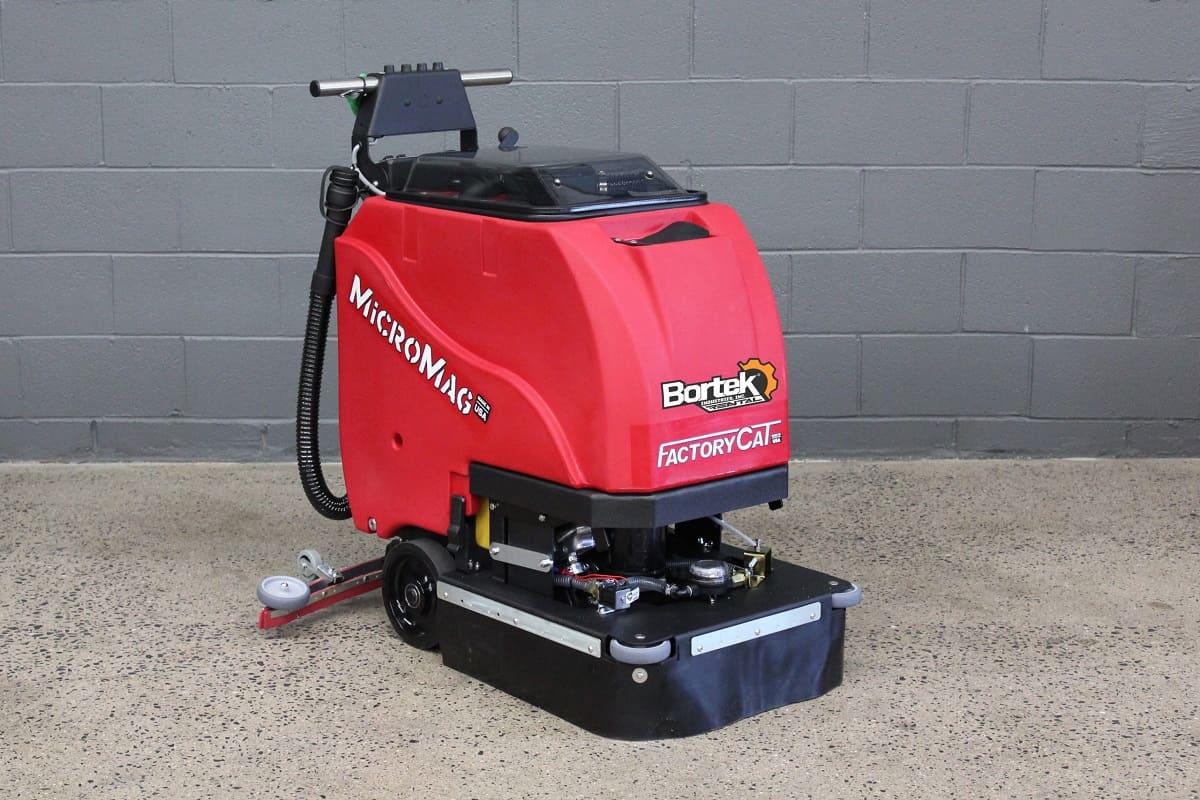
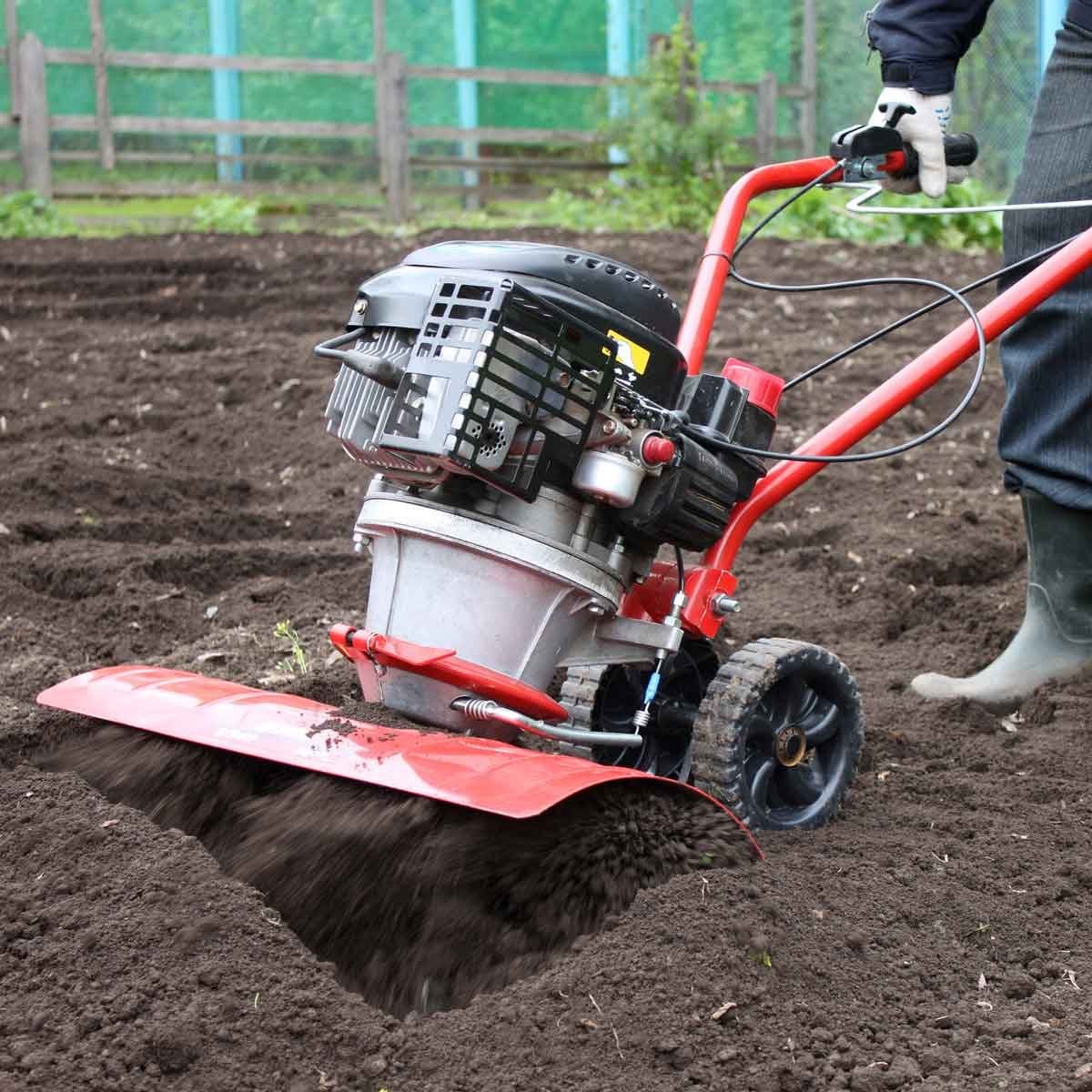

0 thoughts on “How To Rent A Storage Unit”